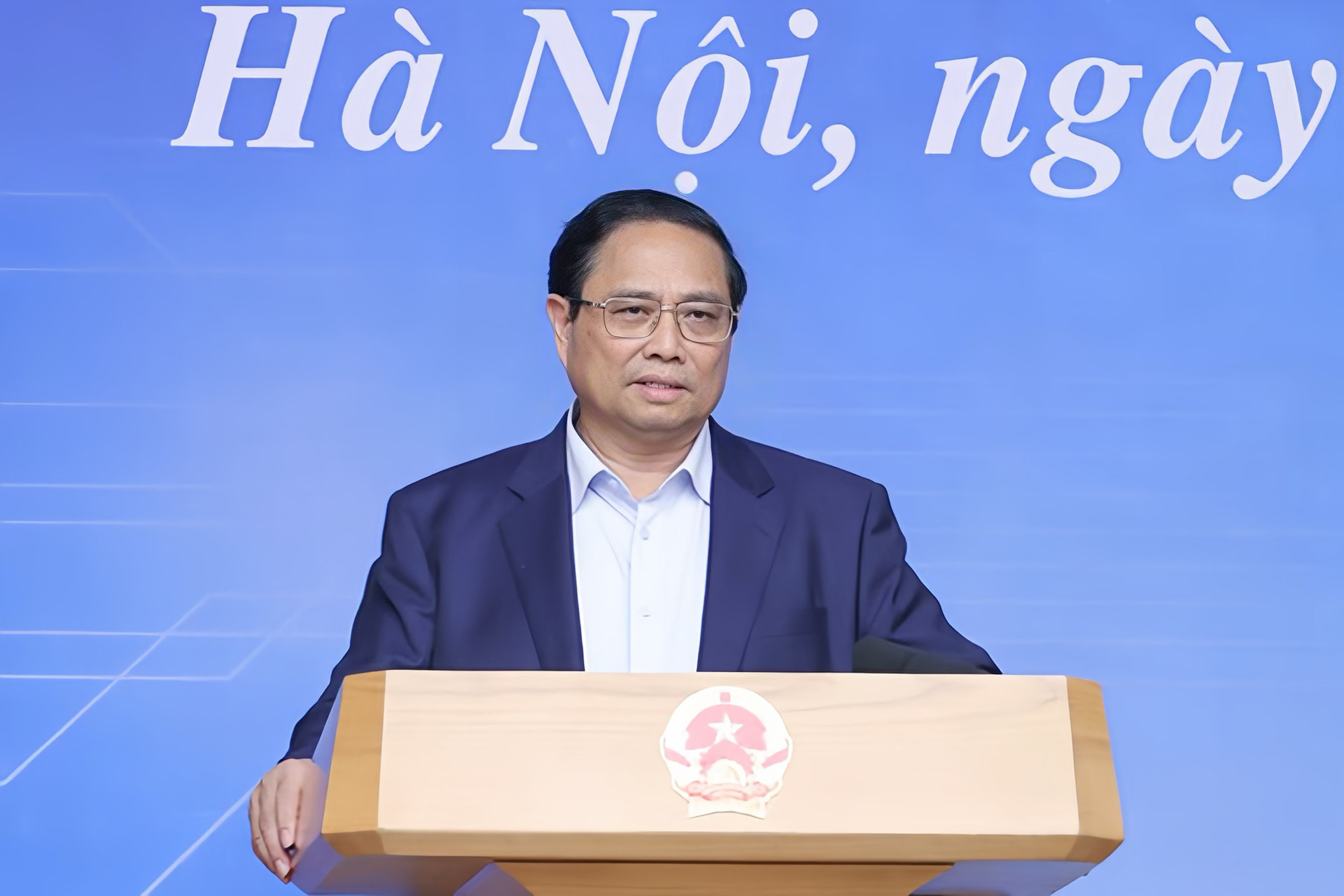
With global semiconductor dynamics undergoing significant transformations, Vietnam sees an opportunity to strengthen its role in the international supply chain. Leveraging its geopolitical and human resources advantages, Vietnam is well-positioned to deepen its involvement in the industry.
The newly approved strategy follows the C = SET + 1 formula:
- C stands for chips;
- S represents specialization (specialized chips);
- E refers to electronics;
- T focuses on talent development;
- The +1 highlights Vietnam’s emerging status as a safe destination within the global semiconductor supply chain.
Vietnam's semiconductor strategy is divided into three phases:
- Phase 1 (2024-2030): Vietnam aims to utilize its geopolitical and human resource advantages to attract selective foreign direct investment (FDI). The country will focus on becoming a global hub for semiconductor talent and building foundational capabilities across research, design, production, packaging, and testing. The goal is to establish 100 design companies, one small-scale chip fabrication plant, and 10 packaging and testing plants, generating over $25 billion in revenue annually by 2030.
- Phase 2 (2030-2040): Vietnam will position itself as one of the leading global semiconductor and electronics hubs, with a balanced approach between domestic production and FDI. By this stage, Vietnam aims to have at least 200 design companies, two chip fabrication plants, and 15 packaging and testing plants, with projected annual industry revenues exceeding $50 billion.
- Phase 3 (2040-2050): By 2050, Vietnam aims to be among the top semiconductor nations, mastering research and development and achieving leadership in select segments of the semiconductor supply chain. The strategy outlines goals of 300 design companies, three chip fabrication plants, and 20 packaging and testing plants, with annual revenues surpassing $100 billion.
To achieve these goals, the strategy outlines five key areas of focus:
1. Specialized Chip Development: Research and develop cutting-edge technologies for specialized chips, particularly in AI and IoT, by investing in core research centers and fostering public-private partnerships for innovation.
2. Electronics Industry Growth: Support the development of next-generation electronics integrated with specialized chips, prioritizing domestic products and encouraging partnerships with global electronics giants.
3. Talent and Workforce Development: Establish initiatives to train and retain a skilled workforce, aiming to have over 50,000 engineers and graduates in the semiconductor field by 2030, growing to 100,000 by 2040.
4. Investment Attraction: Implement policies to attract high-tech FDI in the semiconductor sector, offering tax incentives and creating a favorable business environment. The strategy also includes plans to establish a dedicated investment fund to support semiconductor projects.
5. Environmental and International Collaboration: Promote green manufacturing and safe waste disposal in the semiconductor industry while expanding international collaborations to harness global expertise and innovation.
The establishment of a National Steering Committee for Semiconductor Development, chaired by the Prime Minister, will oversee the execution of the strategy. A team of expert advisors will provide insights and strategic direction to ensure Vietnam's semiconductor industry progresses according to plan.
Hai Phong